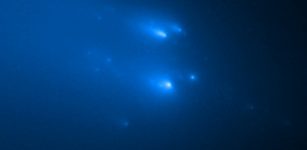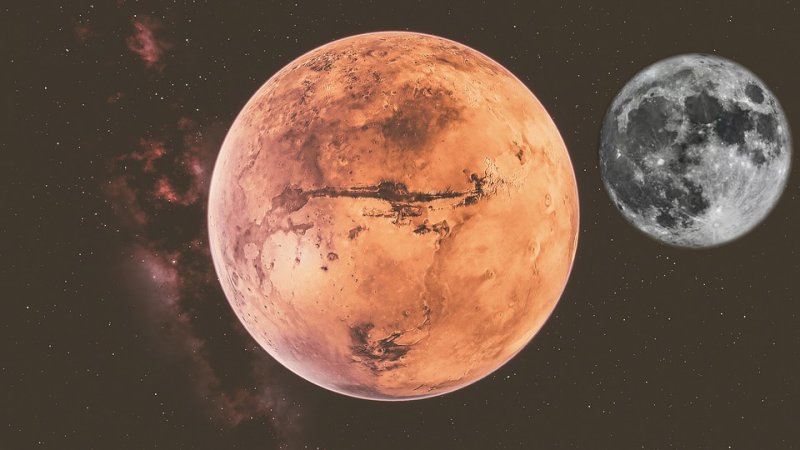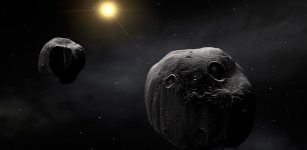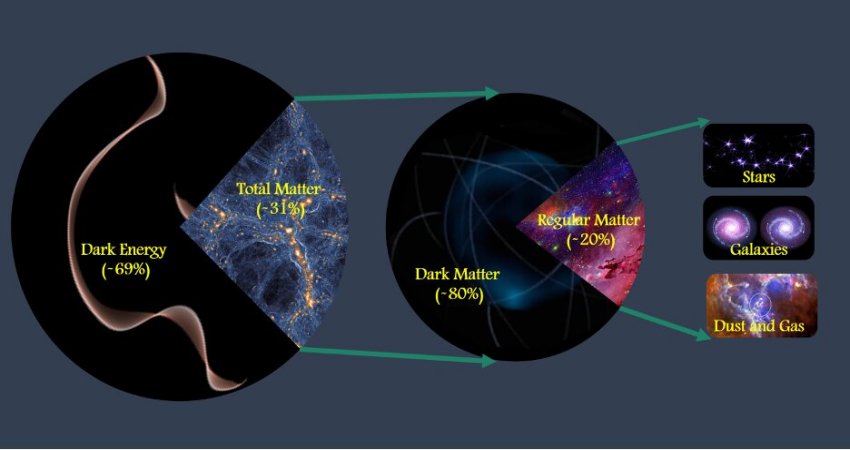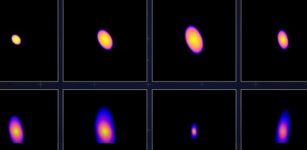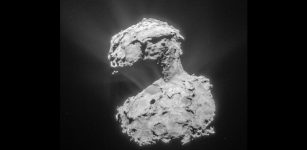New Exoplanet Found In ‘Habitable Zone’ Of Taurus Constellation
MessageToEagle.com – A new planet roughly twice the size of Earth has been discovered located within the “habitable zone”—the range of distances from a star where liquid water may exist on the planet’s surface.
The new world, known as K2-288Bb and located in the Taurus constellation, could either be rocky or a gas-rich planet similar to Neptune in our own solar system. Within the system, there are two stars; K2-288Bb orbits the smaller star.
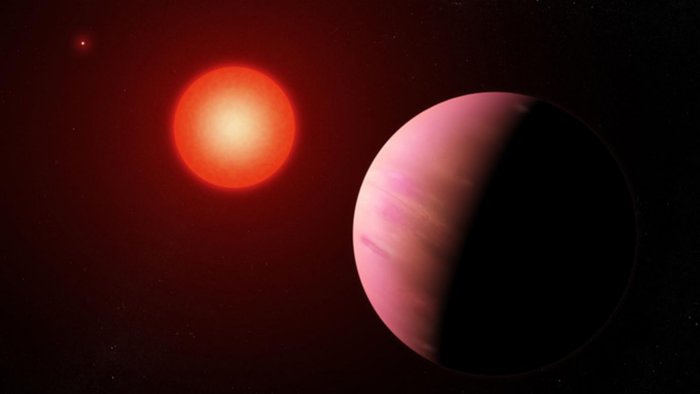
Located 226 light-years away, the new planet lies in a stellar system known as K2-288, which contains a pair of dim, cool M-type stars separated by about 5.1 billion miles, or about six times the distance between Saturn and the sun. The brighter star has around half the mass and size of the sun, while its companion is about one-third the sun’s mass. One year on K2-288Bb is approximately 31.3 days.
“It’s a very exciting discovery due to how it was found; its equilibrium temperature, which likely is similar to Earth’s; and because planets of this size seem to be relatively uncommon. We probably only know about a handful of planets this size,” Chicago graduate student Adina Feinstein, lead author of a paper, said in a press release.
Researchers confirmed the finding after volunteer citizens flagged a crucial piece of evidence in data from NASA’s Kepler spacecraft.
While examining data, Feinstein’s research team noticed two likely planetary transits in the system. But scientists require at least three transits before claiming the discovery of a candidate planet, and there wasn’t a third signal in the observations they reviewed.
In May 2017, volunteers noticed the third transit and began follow-up observations using NASA’s Spitzer Space Telescope, the Keck II telescope at the W. M. Keck Observatory and NASA’s Infrared Telescope Facility, both in Hawaii, and also examined data from the European Space Agency’s Gaia mission.
Estimated at about 1.9 times Earth’s size, K2-288Bb is half the size of Neptune. This places it within a recently recognized category called the radius gap. Among planets that orbit close to their stars, there’s a curious dearth of worlds between about 1.5 and two times Earth’s size. Scientists think this is due to intense starlight eroding away the atmospheres of some planets over time.
Since K2-288Bb’s radius places it in this gap, it may provide a case study for how planets evolve within this size range.
On Oct. 30, Kepler was shut down after nine years, during which it discovered 2,600 confirmed planets around other stars. And while NASA’s Transiting Exoplanet Survey Satellite is the newest space-based planet hunter, this finding shows that more discoveries await scientists in Kepler data.
MessageToEagle.com

